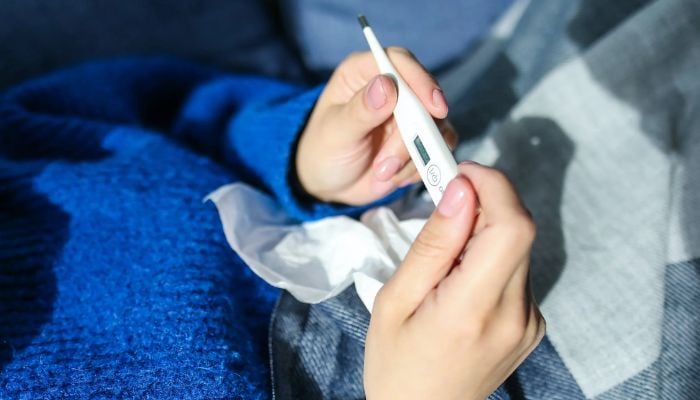Smart device could help people differ between flu and COVID at home
Goal of this global research team is to release smart device that can differ between COVID and flu for widespread use on market soon
January 05, 2023

Are you wondering whether you have COVID or simple flu?
Since it can be challenging to determine, many people rush to get an antibody test. Scientists are currently working on tools that could provide you with a solution in the comfort of your own home.
This kind of smart device offers superior optical sensors that improve the ability to study molecules through light, helping patients distinguish between COVID and the flu and even identifying the early warning indications of diabetes. The gadget, namely the microresonator, is a tiny optical cavity capable of holding a large amount of optical data. Compared to other longwave infrared spectrum kinds, it is approximately 100 times more effective.
“It can retain the light 100 times longer than previous versions, which amplifies the optical field inside and makes nonlinear processes much easier, such as frequency comb generation,” said Dingding Ren, a researcher at the Norwegian University of Science and Technology’s (NTNU) Department of Electronic Systems, in a media release.
“We’ve built the lowest loss whispering gallery mode microresonator out there for the longwave infrared spectrum. Because the longwave infrared spectrum provides definitive information about chemicals, it provides new possibility for sensing applications.”
With the help of gadgets created with this cutting-edge technology, scientists will soon be able to simultaneously evaluate several compounds and produce broadband frequency combs in the longwave infrared spectrum. Frequency combs, which are laser beams with discrete, evenly spaced frequency lines in their spectrum, are frequently employed in GPS technology as well as in phone and computer components.
There is already equipment like this, like the Fourier-transform infrared interferometer.
However, due to their size and high cost, these machines are unsuitable for broad usage. In actuality, only large institutions and hospitals can afford to use them. There are other, more basic machines that can test many chemicals simultaneously, but do not work in a scenario like this one.
This microresonator's essential component is germanium, which was first employed in the world's first transistor in 1947, before silicon dominated the market. Today, germanium is still used as a component in sensors and infrared cameras, maintaining its place in the world of optical lenses, authors explained in their article published in the journal Nature Communications. Plus, it costs a lot less money.
The goal of this global research team is to release this product for widespread use on the market soon. Their work is supported by a three-year Fripro grant from the Research Council of Norway.
“We promised that we would develop a better microresonator, and we’ve succeeded,” Ren said.









